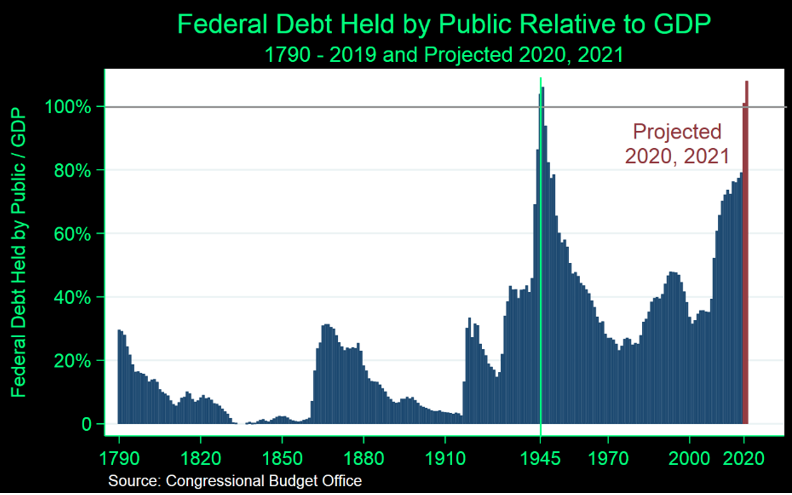
1/ Algorithmic stable coins need *unique/exclusive* utility to work. Over the long term few users will take an incremental risk to use an algorithmic stable coin if they do not have an incentive to do so.
This is why so many algo stables on ETH have & are likely to fail.
This is why so many algo stables on ETH have & are likely to fail.
https://twitter.com/FloodCapital/status/1413303835033018370
2/ If you can either use xyz algo stable or USDT/USDC to interact with the same platform most users will opt for the centralized version.
There is no added benefit to use an algo stable just incremental risk to the end user especially if users don't care about decentralization.
There is no added benefit to use an algo stable just incremental risk to the end user especially if users don't care about decentralization.
3/ UST solves this by sourcing utility and demand unique to itself.
Any application using the Terra ecosystem uses UST, not providing a choice for a more centralized stable coin that can put the entire ecosystem at risk, this is the vision for a true and antifragile DeFi.
Any application using the Terra ecosystem uses UST, not providing a choice for a more centralized stable coin that can put the entire ecosystem at risk, this is the vision for a true and antifragile DeFi.
4/ Over time the scalability and decentralized nature of UST will become clear. UST's lindy + exclusive utility of the unique Terra Dapps will further strengthen its peg.
Read more about this in the above quoted tweet.
Read more about this in the above quoted tweet.
• • •
Missing some Tweet in this thread? You can try to
force a refresh









